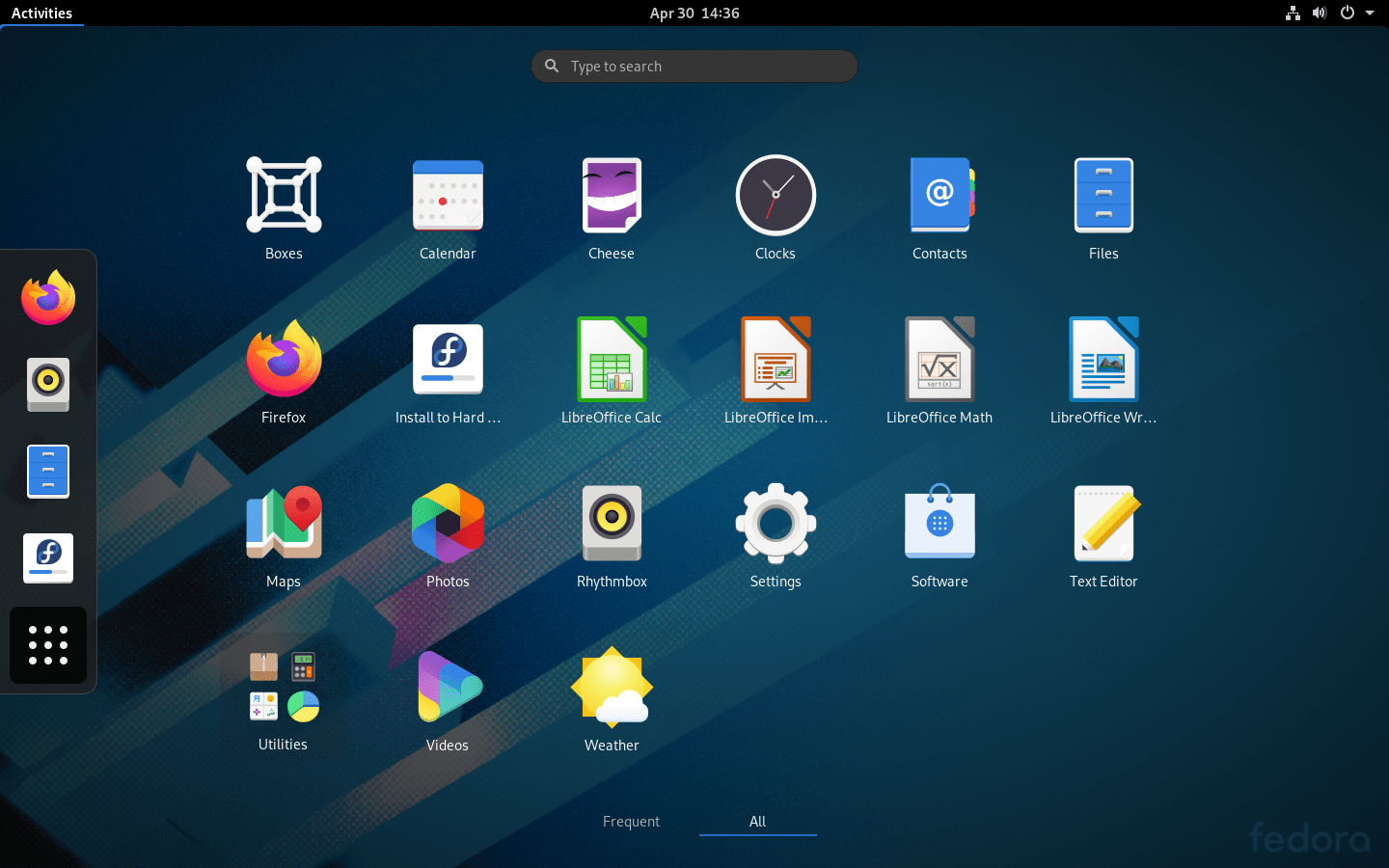
- DISPLAY STATUS BAR VIM FEDORA WORKSTATION INSTALL
- DISPLAY STATUS BAR VIM FEDORA WORKSTATION SOFTWARE
- DISPLAY STATUS BAR VIM FEDORA WORKSTATION WINDOWS
See below:Īt any time, you can detach from the current session with Ctrl + b + d and return via tmux.

Create a ~/.nf file and add the following lines: bind -r k select-pane -U Let’s add the ability to move between panes VIM-style. The default method to move between panes is Ctrl + b + o, which iterates over panes, which is not efficient when you want to move back and forth between two panes. You can create your own keyboard mappings. If you need a quick guide to the keyboard shortcuts, look at the tmux cheat sheet. Ctrl + b + x to close the current pane.Ctrl + b + " to split the current pane horizontally.Ctrl + b + % to split the current pane vertically.Splitting the terminal into vertical and horizontal panes is achieved by the following keyboard shortcuts: Sessions let you keep different sets of panes, useful when you want to work on two projects at the same time or when you want to switch between multiple remote SSH sessions.Ī typical layout when working on a project with tmux. This bar contains the session name, which defaults to the number 0. Once you have done that, you will see that a green bar appears at the bottom. To start using tmux, run tmux in the terminal. Tmux is built into most Linux distributions, so there is no installation required.
DISPLAY STATUS BAR VIM FEDORA WORKSTATION INSTALL
tmux basicsįor Mac, the easiest way to install tmux is with Homebrew. We will use tmux because it’s available everywhere (local Mac, Linux containers, remote servers, and more), deals well with ssh sessions, and allows us to navigate and select text from the buffer using vim keyboard shortcuts. GNU Screen and tmux meet the above criteria and are popular, well-tested open-source projects. To use it in macOS and Linux with almost zero setup.To be able to manage different panes on the same screen via keyboard shortcuts.There are many options available, but here are our criteria: It is useful for dealing with multiple programs from a command line interface, and for separating programs from the session of the Unix shell that started the program, particularly so a remote process continues running even when the user is disconnected.
DISPLAY STATUS BAR VIM FEDORA WORKSTATION SOFTWARE
Based on the description on Wikipedia, these do even more than we need.Ī terminal multiplexer is a software application that can be used to multiplex several separate pseudoterminal-based login sessions inside a single terminal display, terminal emulator window, PC/workstation system console, or remote login session, or to detach and reattach sessions from a terminal.
DISPLAY STATUS BAR VIM FEDORA WORKSTATION WINDOWS
If you search for “how can I manage multiple terminal windows ,” you will eventually run into the term terminal multiplexer. But is there a way we can manage this on our own? There is paid software like SizeUp to accomplish what we are looking for. If you switch back and forth, this problem becomes more annoying. If you ever want to use Linux, you have to learn an entirely different approach to managing multiple views.

Per this support answer, you can just have two windows unless you start playing with screen resolution tricks. This is tedious as there is no keyboard shortcut for this. To start a split screen session, you need to hover over a top left icon, wait for a couple of seconds, and then you will see the Tile window to Left of Screen option, and then you select the second window so it will be placed on the right. This is a side by side split screen in MacOS.īut there are issues with this setup.


 0 kommentar(er)
0 kommentar(er)
